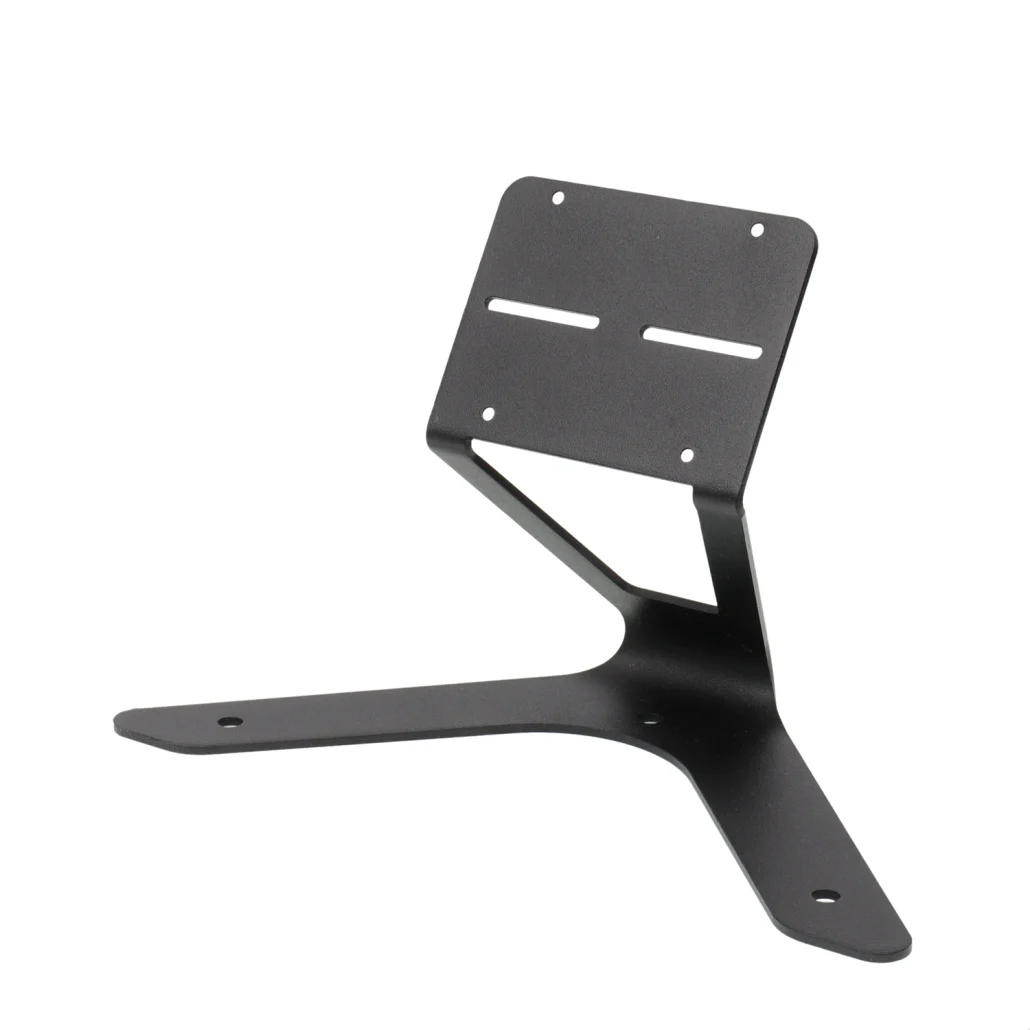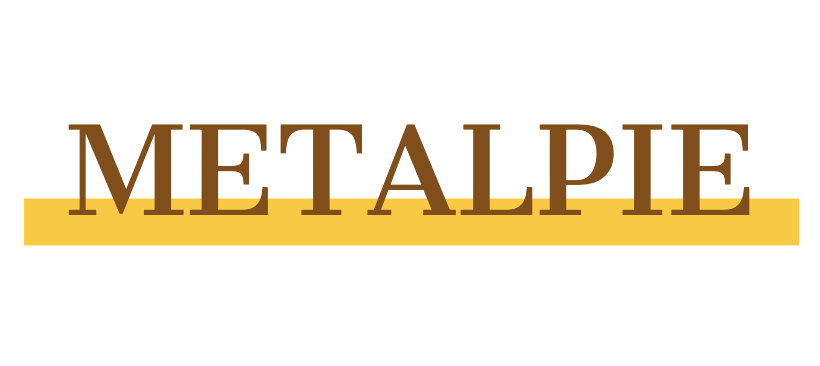Qu'est-ce que la fabrication de tôles de précision ?
Les fabricants de tôles de précision produisent des prototypes de tôles détaillés et précis. Par exemple, les cuisines, les voitures, les camions, l'électronique, le chauffage, la ventilation et la climatisation, et la construction de bâtiments. Tous ces domaines ont besoin de composants métalliques fabriqués par des tôliers de précision.
La fabrication de tôles de précision englobe un large éventail de techniques de fabrication. Cet article présente trois méthodes de fabrication :
Déformation de la pièce métallique dans la forme géométrique souhaitée.
Enlever de la matière pour obtenir le résultat souhaité.
Assemblage de matériaux semi-finis.
Les pièces métalliques exactes sont essentielles pour obtenir des tolérances serrées dans les produits finis. Cela permet de s'assurer que les conceptions compliquées fonctionnent sans problème. Il est possible de remodeler, d'enlever ou d'assembler le matériau. Ces méthodes peuvent combiner différents processus de fabrication.
Trois procédés pour la fabrication de tôles de précision :
Fabrication soustractive de précision. Les procédés de fabrication soustractive enlèvent de la matière aux pièces de tôle. Cela se produit lors de la création d'une pièce ou d'un produit. Le laser, le poinçonnage, le cisaillage ou l'usinage de précision des métaux divisent les pièces en morceaux plus petits. La commande numérique par ordinateur (CNC) programmée crée des géométries complexes grâce à des techniques soustractives. Une machine de découpe laser CNC peut fabriquer rapidement et avec précision des pièces détaillées sur mesure. Elle convient bien à la production en grande quantité et possède des fonctions programmables.
Le remodelage des matériaux est une technique de fabrication de précision qui permet de créer des pièces et des produits précis. Formation est le processus de mise en forme d'un matériau en vue d'obtenir un résultat spécifique. Cela se fait sans perte de matière. Certains métaux peuvent changer de forme en raison de leurs propriétés mécaniques. La pièce de tôle se plie et prend une forme spécifique. Ce processus permet de conserver la résistance et le volume du métal. Les techniques de mise en forme standard sont le pliage, l'étirage, l'emboutissage, le laminage et l'étirement.
L'assemblage est une autre façon de transformer une pièce ou un composant en produit fini. L'assemblage permet de réunir des pièces et des composants individuels. Il fait appel à un mélange de techniques manuelles, mécaniques, pneumatiques, électriques et robotiques.
Le soudage est un moyen courant d'assembler des pièces et de fabriquer un produit final. Les fabricants disposent de différentes options de services d'assemblage. Ils peuvent choisir celles qui répondent à leurs plans et à leurs normes.
Applications de tôlerie de précision
Les procédés de fabrication de tôles de précision sont essentiels pour la fabrication de pièces dans de nombreuses industries. De nombreux fabricants utilisent des techniques de fabrication sur mesure pour produire des produits industriels et commerciaux. Les fabricants peuvent créer des pièces et des composants sur mesure pour les biens, les machines et les bâtiments. Pour ce faire, ils utilisent différentes techniques de fabrication de tôles. Par exemple, les armoires électriques sont l'un des principaux produits de Shengen.

L'industrie des transports comprend l'automobile, l'aviation, l'aérospatiale, le rail, les autobus et les navires. Tous ces secteurs dépendent de la production de tôles de précision.
D'autres industries sont présentes :
Produits de base agricoles
Biens durables
L'énergie
Outils et équipements pour les denrées alimentaires et les boissons
Électronique et télécommunications
Dispositifs et équipements médicaux
La fabrication de tôles de précision est un processus de fabrication typique. Elle permet de fabriquer une large gamme de produits de consommation et de produits commerciaux. Elle fait appel à différentes applications et techniques.
Les fabricants peuvent retirer ou modifier une pièce à l'aide de différentes techniques. Ils l'assemblent ensuite pour créer le produit final. Ce processus permet de produire des pièces et des composants métalliques précis, complexes et détaillés.
